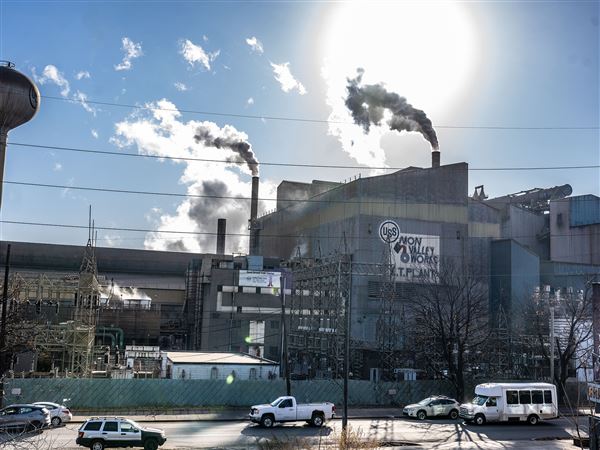The July 17 Forum article “One Cracker = 36,000 Cars” by James P. Fabisiak, associate director for the Center for Healthy Environments and Communities, omitted important information about the steps Royal Dutch Shell must take to document a regional “net decrease” in air emissions to obtain permits for its Beaver County ethane cracker.
This attempt to mislead readers by portending the opposite is not surprising, coming from an organization whose homepage features a group photograph with “Gasland” producer/director Josh Fox.
A company building a new facility in Pennsylvania determined by regulations to be a “significant” source of air emissions — producing 100 tons per year of nitrogen oxides (NOx) and/or 50 tons per year of volatile organic compounds (VOCs) — must purchase air emission reduction credits (ERCs) that result in a “net reduction” in regional emissions and purchase them at prescribed ratios to ensure this reduction. If a new facility emits 100 tons of VOCs, the applicant must purchase 115 tons of ERCs.
In the world of air pollution control regulations, Shell’s cracker will not add to regional air emissions; its permitted construction will reduce them.
Mr. Fabisiak makes other misrepresentations. Not all VOCs are toxic, and ozone precursors (NOx and VOCs) are regulated, but not as “toxic” emissions. Characterizing all VOCs as “air toxins” is sensationalism, misleading and demonstrates a lack of understanding of the Clean Air Act, made worse by incorrectly equating the regulation of mobile and stationary sources.
There is nothing simple about regulating air emissions. Mr. Fabisiak’s attempts to falsely exacerbate potential health impacts and dumb down an important federal regulatory program grounded on science are very unfortunate.
LOUIS D. D’AMICO
President & Executive Director
Pennsylvania Independent Oil & Gas Association
Marshall
First Published: July 24, 2016, 4:00 a.m.














